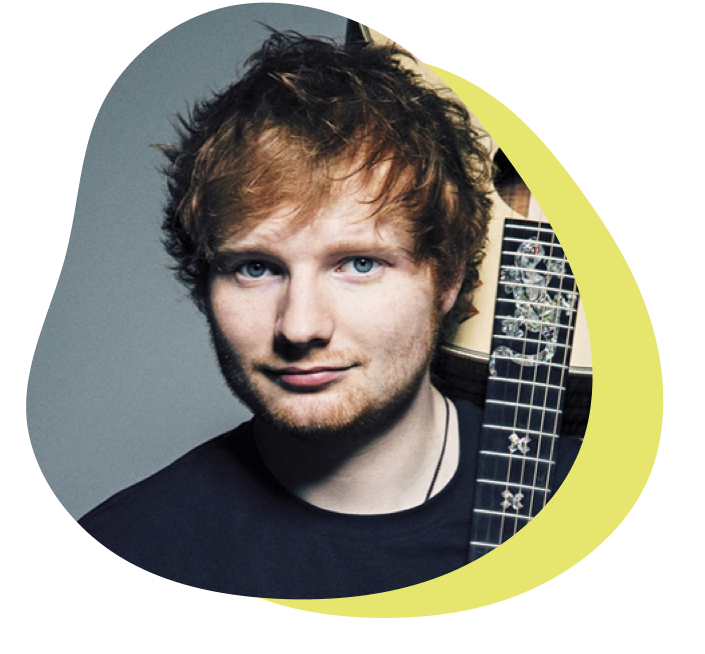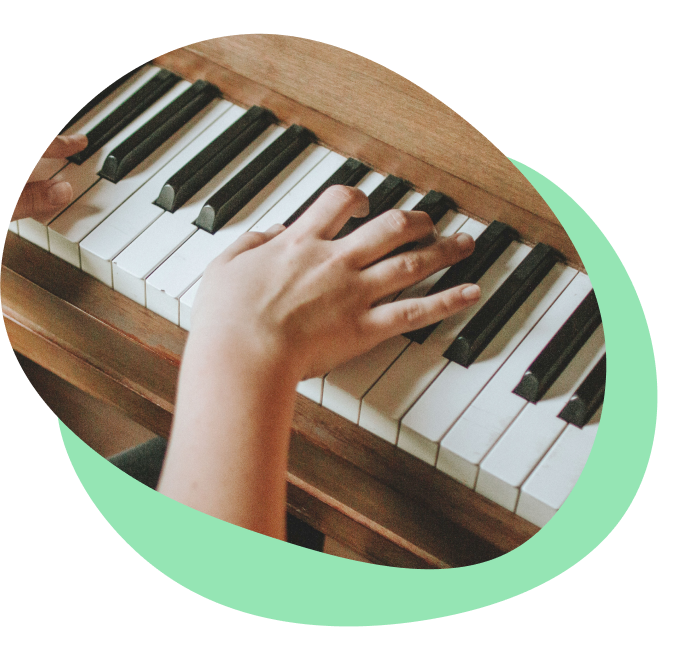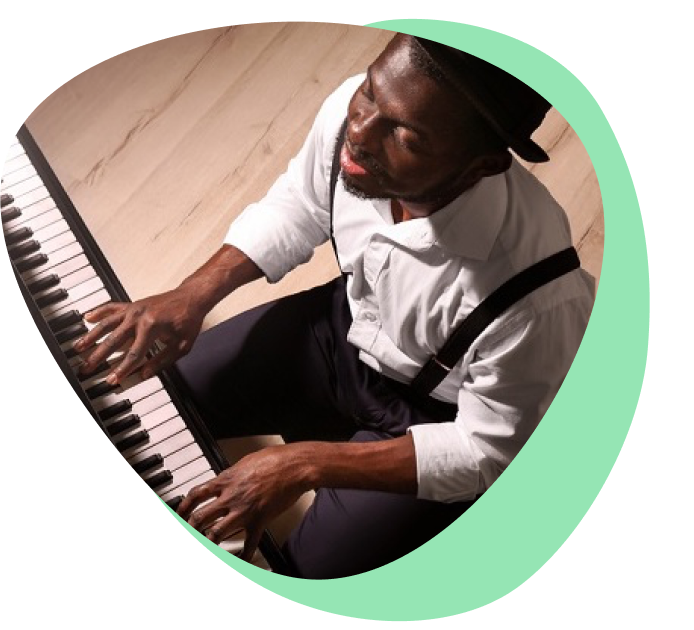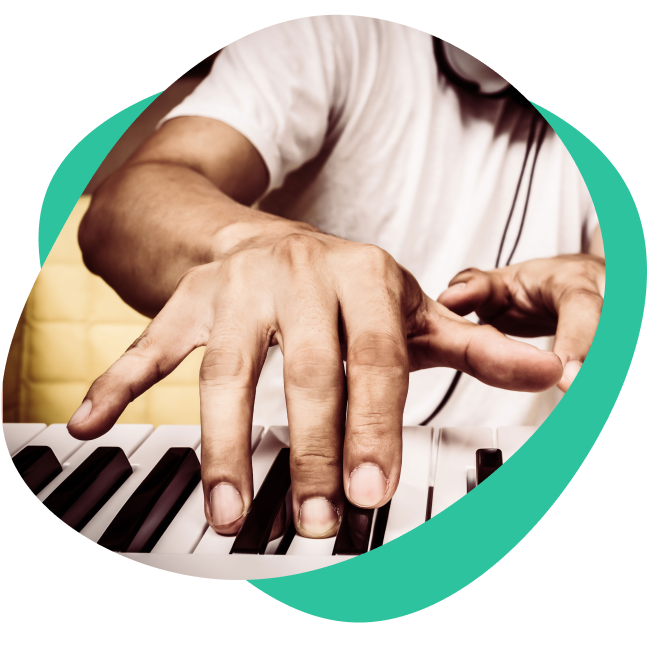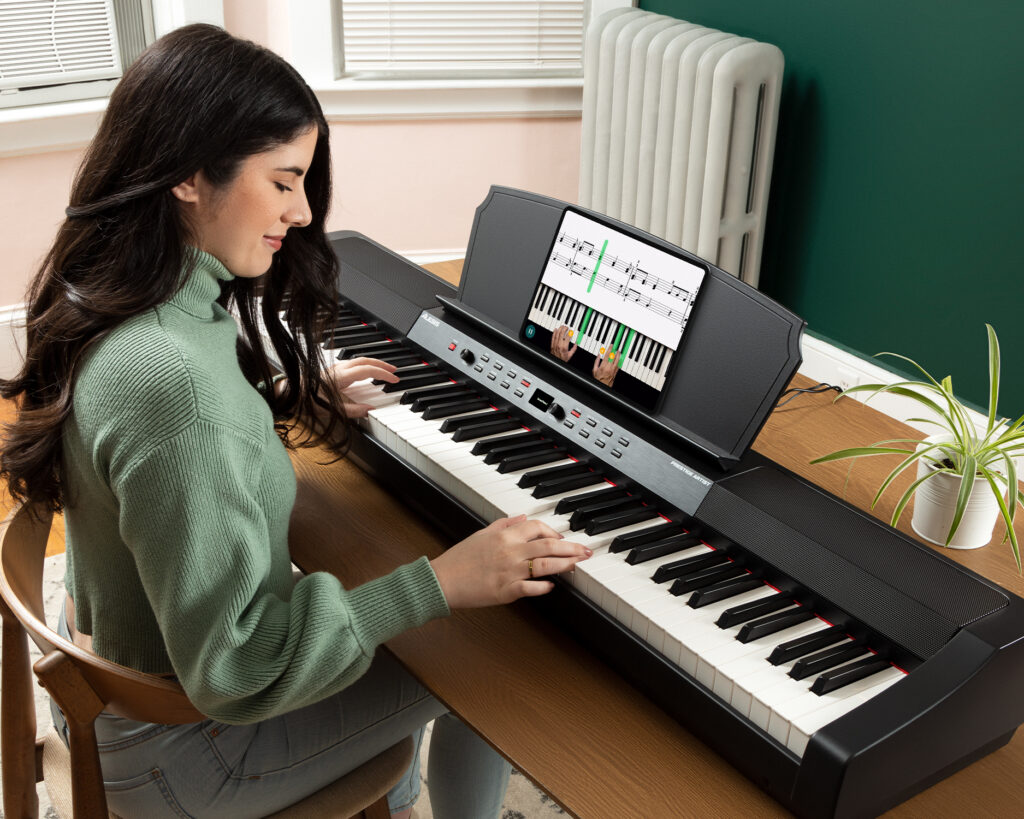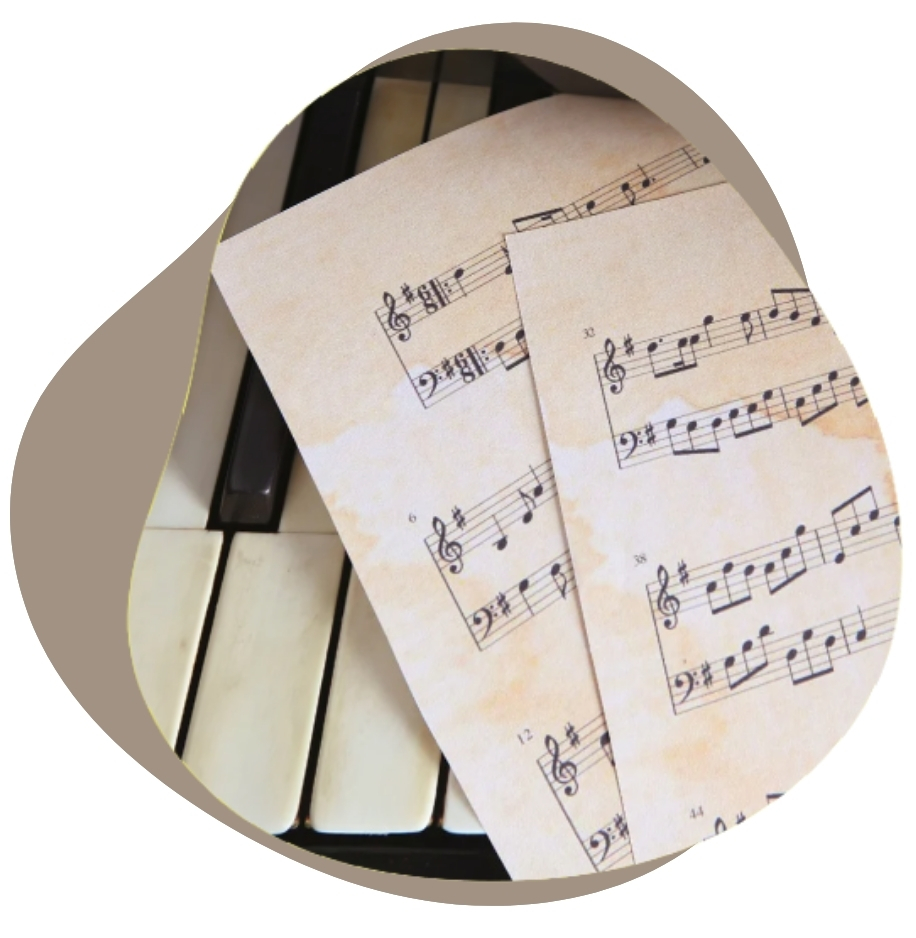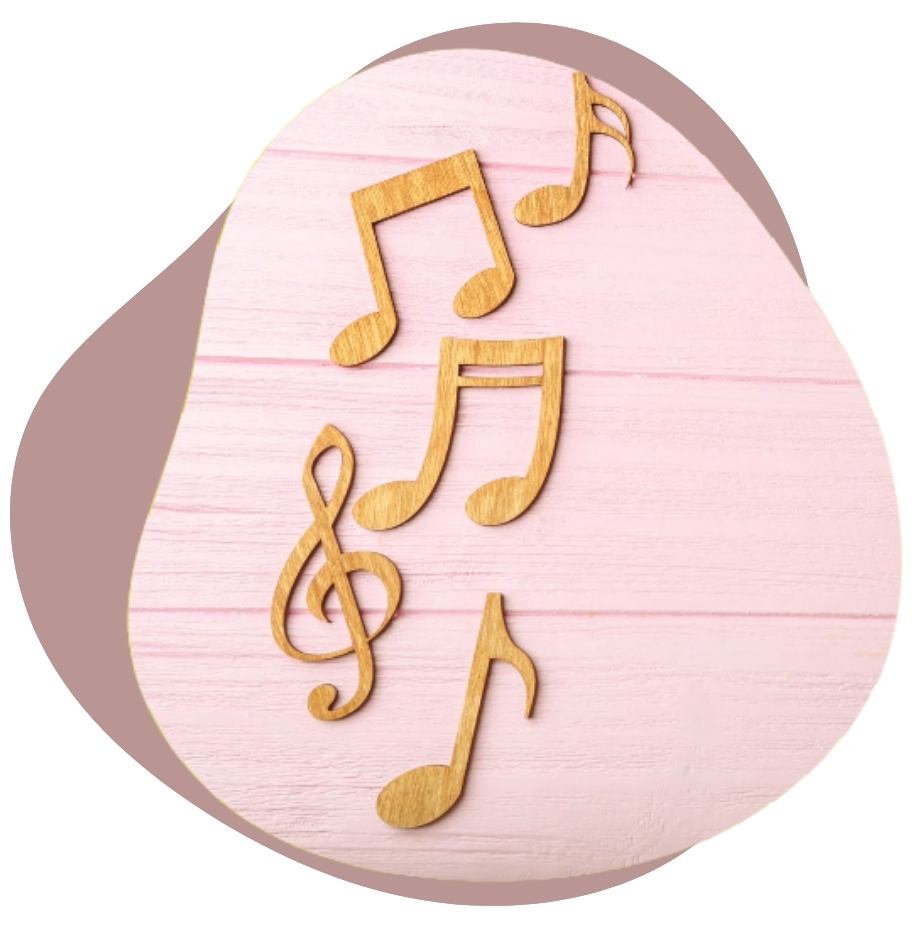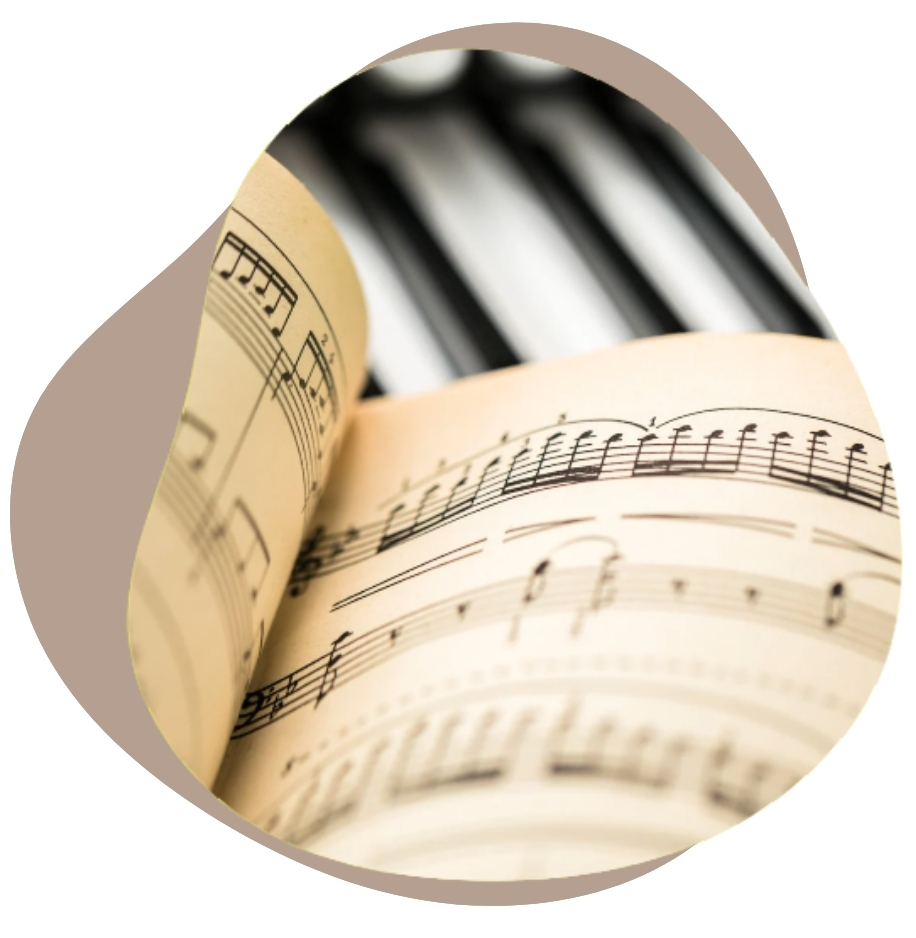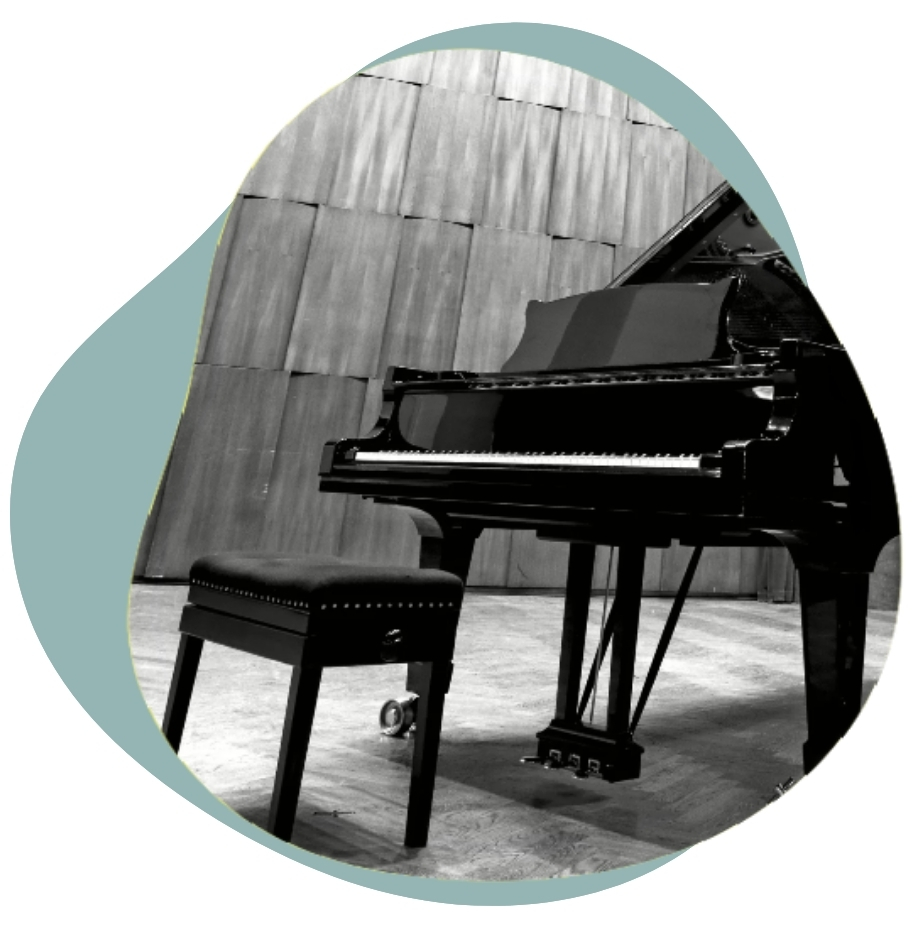
Choosing a piano
Discover what type of piano or keyboard is right for you and your space.

Piano keys
Learn how piano keys are arranged and how to find your way around the keyboard.

Middle C on piano
Discover Middle C and learn why it’s a key starting point for beginners.

Piano pedals
Understand what each pedal does and how it changes the sound of your playing.



